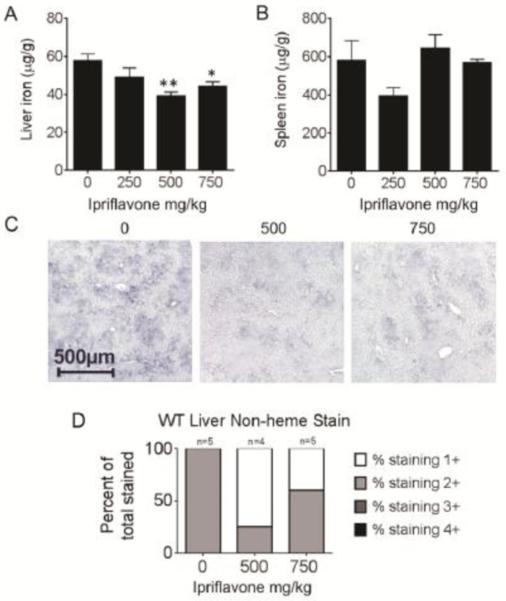Figure 2. Dietary supplementation with ipriflavone decreased hepatic iron stores in wild type mice.
C57/BL6 mice received diets supplemented with ipriflavone in mg/kg of food at the following doses: 0 mg/kg (n=5), 250 mg/kg (n=5), 500 mg/kg (n=4), and 750 mg/kg (n=5) starting at 5 weeks of age for a total of 50 days followed by tissue harvest for quantification of nonheme iron levels in the liver (A) and spleen (B), reported as μg iron per g of tissue. Data shown are means ± standard errors. By Kruskal-Wallis test, p=0.027 for liver comparisons and 0.099 for spleen comparisons. * Signifies p<0.05, ** signifies p<0.01 by Student's t-test compared to 0 mg/kg controls. (C) Diaminobenzidine (DAB)-enhanced Perls’ staining for nonheme iron in liver tissue. (D) Blind analysis was used to score the staining levels of each slide from 1+ (weak) to 4+ (strong).

